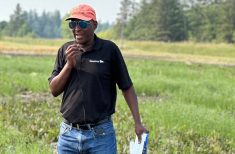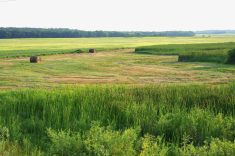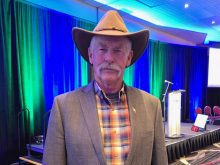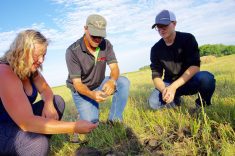Getting developing countries to adopt Canadian-style no till would be a “win win” in combatting global hunger and climate change, says the former head of Agriculture and Agri-Food Canada’s research division.
Restoring organic matter in soils in China, India and Africa is becoming a matter of life and death, says Wayne Lindwall, who began no-till research on small plots in southern Alberta and has since watched this form of carbon capture spread across Canada and far beyond, to China, Brazil and many developing countries.
In China, a country he has visited over a dozen times, agriculture in many regions has been reduced to an outdoor hydroponic process requiring massive amounts of fertilizer and irrigation to coax a crop out of severely depleted soil, Lindwall said following his keynote address at the recent Global Research Alliance on Agricultural Greenhouse Gases council meeting in Saskatoon.
Read Also
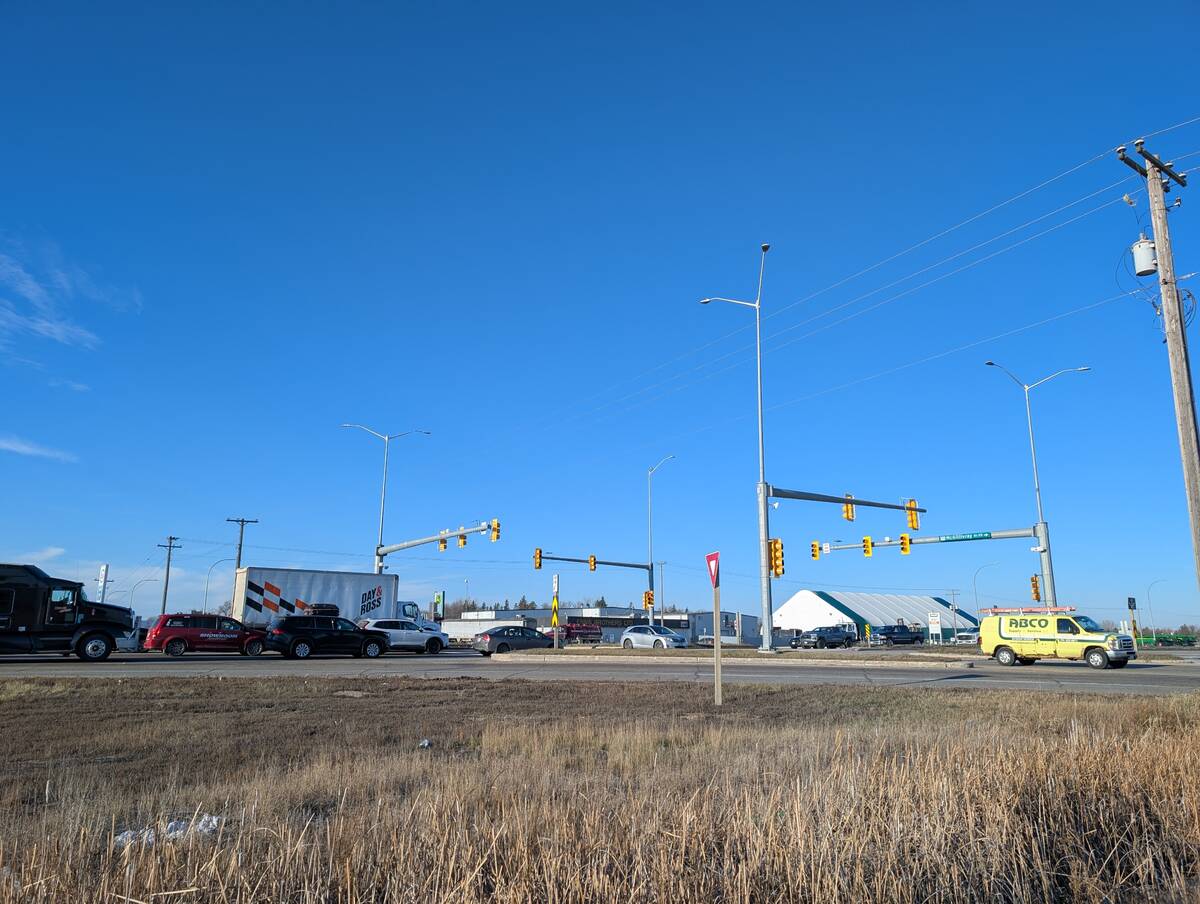
Manitoba farmers uneasy on expropriation
Farmland expropriation for Oak Bluff highway project brings process, farmer compensation concerns back to the fore.
(The alliance of more than 30 countries was founded in 2009 to co-ordinate research and transfer technology on ways to reduce agricultural greenhouse gas emissions while enhancing productivity.)
In places where Canadian-style no-till methods are catching on, local farmers are seeing better yields with less inputs, and growing crops they previously thought impossible on their land, said Lindwall, who now works as an international agriculture consultant. The “sparkle” in their eyes gives away the fact that they “get it,” he said.
“You don’t have to be able to speak the language to see that they understand the benefits,” he said. “They’ve got earthworms in their soil and their yields are better.”
Not “plowing, discing and rototilling the soil to death” also increases water retention capacity and reduces the need for irrigation, he added.
From a global perspective, increasing soil organic matter levels by just one per cent would have a “huge impact” on greenhouse gas emissions, he said.
“I don’t know the number of millions of tonnes that would take out of the atmosphere, but it would be hugely significant in mitigating climate change,” said Lindwall.
Canadian researchers are now considered leading experts in the study of soil carbon, said Brian McConkey, an AAFC soil and water conservationist in Swift Current.
Although no till in Canada is associated with large farms, it also works well on small holdings, he said.
“I’ve even seen animal-powered no-till drills, so there’s no need for large scale,” said McConkey. “In monsoon climates, no till can provide a way to grow a successful crop in the dry season.”
No-till’s dependence on herbicides, particularly glyphosate, to replace tillage is a barrier, both because of cost and the threat of resistant weeds, but McConkey said he is confident new herbicides can be found to combat the latter.
Agriculture Minister Gerry Ritz used the conference as a backdrop to announce an investment of $3.4 million in University of Saskatchewan programs studying how to reduce greenhouse gases in agroforestry, irrigation and nitrogen use.
Canada will serve as as chair of the Global Research Alliance Council for one year.
The $3.4-million investment to the University of Saskatchewan is through the Agricultural Greenhouse Gases Program (AGGP), a five-year, $27-million initiative that focuses on the development of on-farm greenhouse gas mitigation technologies.
The investment will be used for three separate projects:
- Nearly $980,000 will be used to develop new beneficial management practices for nitrogen-use efficiency in the forage beef sector that minimize nitrous oxide emissions and maximize carbon sequestration;
- Almost $920,000 will be used to study GHGs in irrigated systems typical of the Prairies. Irrigation is practised on one million hectares of farmland in Canada.
- $1.5 million will be used to study how agroforestry plantings can help mitigate GHGs.


